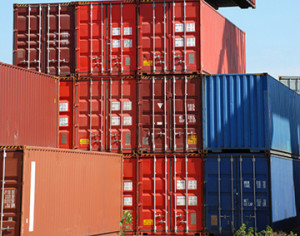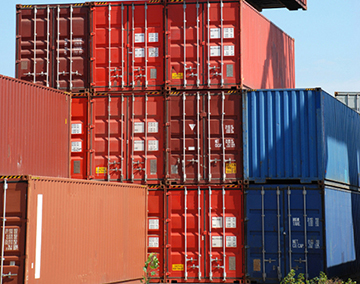 The Philippine Economic Zone Authority (PEZA) has opened a container depot with a capacity of up to 4,500 twenty-foot equivalent units (TEU) at the Cavite Economic Zone (CEZ) for the exclusive use of its locators as a way to counter the adverse effects of the Manila truck ban.
The Philippine Economic Zone Authority (PEZA) has opened a container depot with a capacity of up to 4,500 twenty-foot equivalent units (TEU) at the Cavite Economic Zone (CEZ) for the exclusive use of its locators as a way to counter the adverse effects of the Manila truck ban.
The CEZ off-dock container yard (CY) opened for a trial run on August 1, PEZA deputy director general Tereso Panga told PortCalls in a text message.
“Empty boxes coming from ecozones and brought to the CY will be used for the export shipments of CEZ locators,” Panga said.
The PEZA executive said shipping lines will take care of the storage fees and the handling of empty boxes for ecozone locators, while locators will assume CY service and fees. This, he added will mean “huge savings” for locators.
Panga said PEZA plans to make the CEZ container yard a permanent fixture to ensure continued benefits for its locators.
“If need be, we will replicate it in other ecozones in strategic areas,” subject to the result of the evaluation of the dry run, he added.
Earlier, Panga said PEZA was formulating ways to help address port congestion and prevent locators from leaving because their raw materials could not be delivered to the zones.
Ecozone locators, which account for 75% of the country’s total commodity exports, are “one of the most badly affected by this port congestion,” Panga said at the recent Cargo Transport Summit Part 2 organized by the Philippine International Seafreight Forwarders Association and PortCalls.
Since one of the pressing concerns of companies is the return of their empty containers, Panga said then that PEZA will discuss the implementation of a policy allowing off-dock CYs to be established at ecozones, so that locators can bring in import shipments and deposit empty containers inside the ecozones.
PEZA also notified its locators to pull out some 1,000 overstaying containers, while advising Cavite, Laguna, Batangas, Rizal and Quezon locators to use Batangas port and North Luzon locators to utilize Subic port.
Panga noted that utilization of Batangas and Subic ports had peaked from 5% to 25% since the truck ban started.
Another option PEZA was looking at, Panga said, was the Japanese Embassy’s suggestion to designate Batangas, Subic, and Manila as “common ports” so that whenever Manila is congested, the government can dispatch waiting vessels to the nearest port.
However, Panga said the Bureau of Customs (BOC) will have to approve the scheme because it will entail changes in the manifest.
Atty. Agaton Teodoro Uvero, BOC deputy commissioner for the assessment and operations coordinating group, said the customs agency has no power to command ships to transfer ports, and neither does the Philippine Ports Authority, whose mandate is the “regulation of ports and not regulation of the shipping lines.” – Roumina Pablo





